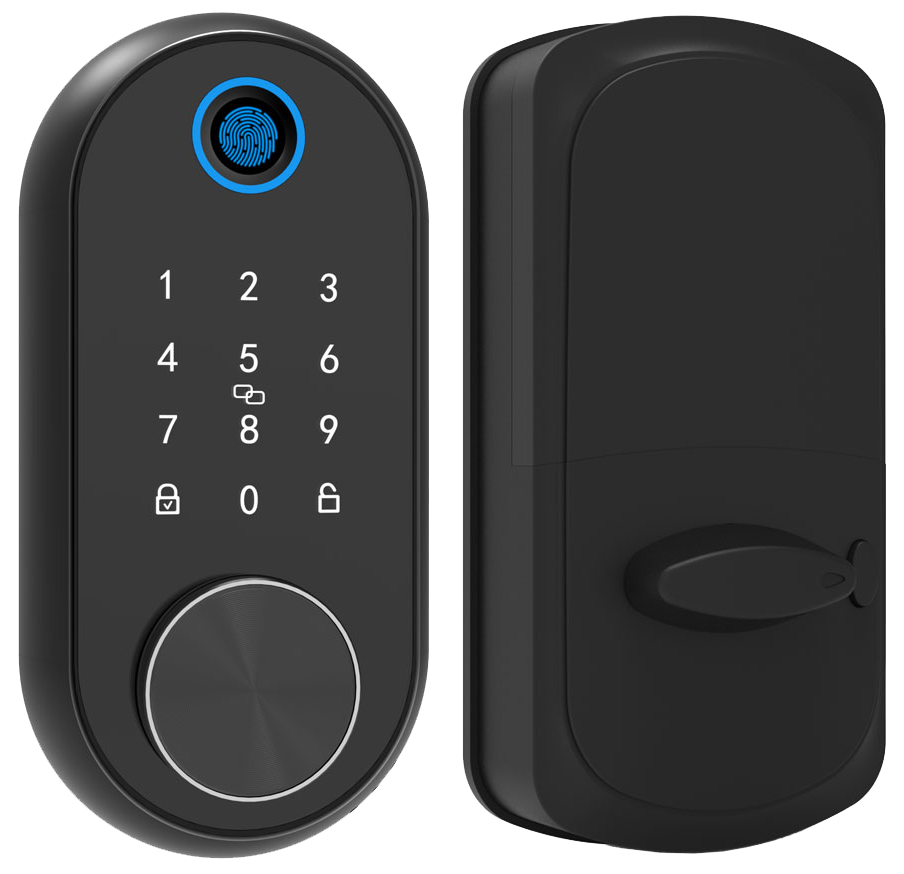Ever tuck a spare key under the welcome mat and feel safe? It’s more like playing hide and seek with burglars.
Our fingerprint door locks trade that jangly key for a fingertip scan that feels like swiping your credit card. The smooth metal faceplate glows with a soft LED light, and you hear a reassuring click in under a second.
The biometric fingerprint sensor (a reader that checks your unique fingertip pattern) scans you instantly, so lost-key headaches are history.
And if someone tries to jimmy the lock, a built-in tamper alarm sends a loud beep. We’ve also added a mechanical key override (a backup key slot) and an emergency USB port (for powering the lock if the batteries die). Solid security from every angle.
These five fingerprint locks deliver unbeatable security.
Fingerprint Door Lock Benefits and Buying Criteria
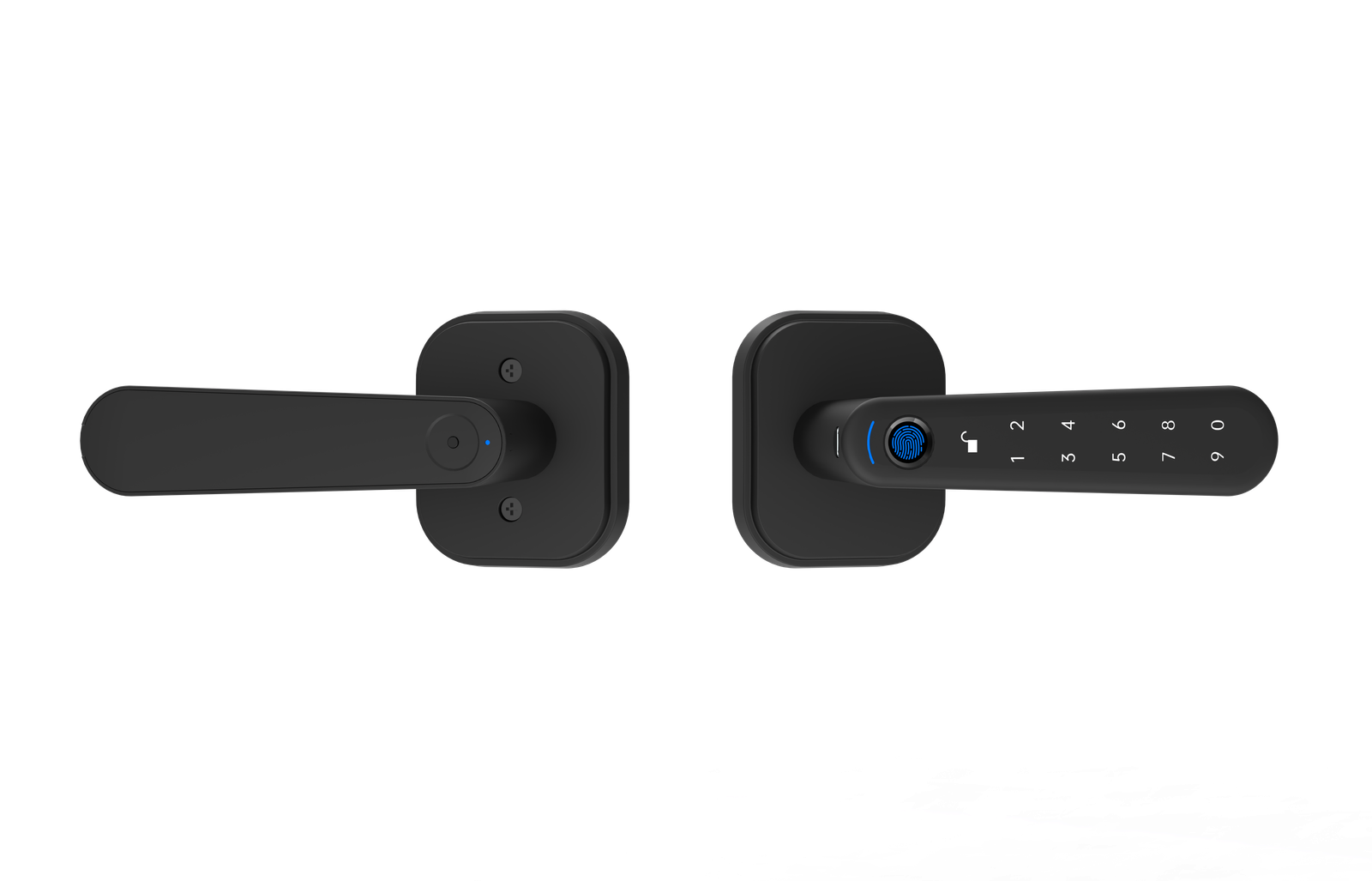
Fingerprint door locks give you high security without fumbling for keys. The smooth metal faceplate glows softly, then you hear a reassuring click as the door pops open. Biometric access control (a reader that checks your unique fingertip pattern) verifies you in under a second.
You won’t worry about lost keys or hidden spares anymore. Prices start around $100 for basic models. High end versions with Wi-Fi, voice assistant support (like connecting to Alexa), push notifications, and tamper alarms go past $200.
Hybrid units combine fingerprint scanning with passcodes and a mechanical key override (a backup key slot). You get multiple ways in, every time. The high grade steel housing stands up to prying. A built in tamper alarm emits a loud beep if someone tries to jimmy the lock.
Some models add a video camera (tiny camera for remote visual checks) before opening the door. Nearly all run on AA batteries and include an emergency USB port. Power outages won’t leave you stuck outside.
- Keyless entry: quick fingertip scans replace keys
- Tamper alarm feature: loud beeps deter forced entry
- Auto-lock timing: door locks itself the moment it closes
- Mechanical key override: passcode backup plus a backup key slot
- Emergency power backup: AA battery operation plus USB port
These features aren’t just nice extras – they’re the backbone of real-world security. Whether you’re protecting a family home, a rental property, or a busy office, reliable locks give you peace of mind. Auto-lock timing means you never have to remember to lock the door. Tamper alarms warn you and scare off intruders. Add video checks, sturdy steel housing, and backup power, and you get a lock that stands by you when it matters most.
Fingerprint Scanner Technology and Security Standards

Ever stared at a lock and wondered how it knows it’s really you? Our fingerprint scanner uses a biometric fingerprint sensor (a reader that checks your unique fingertip pattern) to map ridge lines in milliseconds.
Templates live right inside the lock on its secure memory. You can store up to 200 prints without ever touching the cloud.
And matching? It’s over before you blink, under half a second at 99 percent accuracy.
We keep your data locked down with AES-128 encryption, so no raw prints ever travel over the network.
Want to know a secret? Our anti-spoof system checks for live tissue and uses both capacitive and optical readers to block fake fingers.
| Feature | Detail |
|---|---|
| Storage | Up to 200 prints, local only |
| Speed & Accuracy | Under 0.5 sec match, 99% success |
| FRR / FAR | FRR below 1%, FAR under 0.0001% |
| Encryption | AES-128 for stored data and comms |
| Anti-spoof | Live-tissue detection, capacitive and optical |
| Two-Factor | Pair with a PIN code or RFID tag |
This blend of rapid scans, tough encryption, and spoof guards gives you a lock that clicks open only for you.
And it’s more than tech. It’s peace of mind you can hear in the reassuring click and see in a soft LED glow every time you step inside.
Comparing Top Fingerprint Door Lock Models for 2025
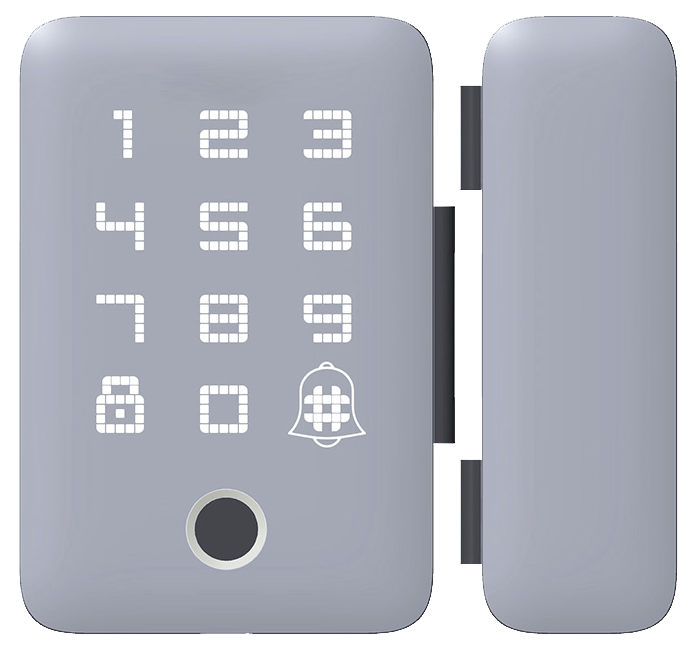
Imagine five top fingerprint door locks laid out side by side for 2025. You get their price tags, how they connect (Bluetooth, Wi-Fi bridge, or built-in hub), and key perks like video cameras, geo-fencing, and tamper alerts. This clear view makes it easy to pick the right lock for your budget and peace of mind.
| Model | Price | Connectivity | Key Features | Rating |
|---|---|---|---|---|
| Ultraloq Bolt | $179 | Bluetooth (30 ft) | Keypad, fingerprint, mechanical key override | 4.5 stars (Editors’ Choice) |
| Yale Assure Lock 2 Touch | $259.99 | Bluetooth or Wi-Fi (with bridge) | Stores 20 fingerprints, 0.5 s auth, 99% accuracy | 4 stars |
| August Smart Lock | $150–$250 | Built-in Wi-Fi | App-based biometric & geo-fencing unlock, auto-lock/unlock | 3.8 stars |
| Eufy E330 | ~$300 | Built-in Wi-Fi (no hub) | Fingerprint + video camera, 3-month battery, IP65 | 4.2 stars |
| Starlight Smart Locks | $200–$280 | Bluetooth & Wi-Fi | CE/FCC certified, AES-128, IP65, UL rated | 4.3 stars |
When you weigh cost against value, the Ultraloq Bolt stands out. Its smooth metal faceplate and fast fingerprint sensor (a reader that checks your unique fingertip pattern) scan in a snap. Solid scans under $180. Exactly.
Yale Assure Lock 2 Touch sits at the top price but it locks and unlocks in half a second. You’ll feel a soft LED glow as the bolt slides home. It can store up to 20 prints. We’ve seen 99 percent accuracy in tests.
Back to our locks. August Smart Lock slips over your existing deadbolt, like tapping a new cover onto your phone. It uses built-in Wi-Fi to pair up with your app. Auto-lock mode is a game changer. Some folks mention a few dropouts.
Eufy E330 offers a built-in video camera and a weatherproof IP65 shell. You get three months of battery life and a crisp camera feed. Some users note a few fuzzy fingerprint reads. But it’s a tough device.
Starlight Smart Locks mix Bluetooth and Wi-Fi so you can unlock your door your way. They’re CE and FCC certified and use AES-128 encryption (strong code that keeps data safe). UL rated. They feel solid in your hand.
In the end, the easiest install, consistent scans, and battery life tip the scale. You pick what matters. Security first. Peace of mind always.
Fingerprint Door Lock Installation and Compatibility Guide

Grab your tools, screwdriver, tape measure, drill (if needed), pencil, level. Lay them out so nothing rolls away.
Measure your door thickness. It should be between 1.38" and 2.13". Most smart locks slip right into standard deadbolt holes. A breeze.
Next, remove your old deadbolt and strike plate. Keep those screws close, just in case. If you rent, a retrofit kit that clamps on your existing lock is a lifesaver.
Check your box for a mounting template (a paper guide to keep holes straight) and handing instructions (how to flip the latch for left or right swing). That template saves you from crooked holes and do-overs.
- Double-check your tools and skim the quick-install guide.
- Use the mounting template to mark your screw positions.
- Unscrew and pull out the old deadbolt and strike plate.
- Flip the latch direction to match your door swing (handing reversal).
- Drill holes for any DoorSense sensor (a door-open alert feature). Test your drill bit on scrap wood first to avoid surprises.
- Attach the lock assembly. Plug in the emergency USB power port (backup power input) or external battery terminal. Um, keep a spare battery handy, you never know.
- Enroll fingerprints, set PIN codes, and register your mechanical key override. Test every entry method before shutting the door.
Solid fit. Run through the handing reversal one more time and double-check those sensor holes. This final look makes sure your fingerprint lock clicks and glows just right for years of secure use.
Fingerprint Door Lock Integration with Smart Home Ecosystems

Most fingerprint door locks rely on wireless options like Bluetooth (short-range wireless up to 30 feet) or Wi-Fi (your home network). Pairing Bluetooth is like syncing your headphones – fast and painless. And stepping up to Wi-Fi gives you remote control and real-time notifications, even if you’re miles away. We’ve designed our locks to meet CE standards, so they’re built to last.
- Mobile app integration: use the phone app to lock or unlock the door, check entry logs, and get a push alert when someone tries to get in.
- Voice assistant support: chat with Amazon Alexa, Google Assistant, or Apple HomeKit to open your door hands-free.
- Geofencing auto-access: draw a virtual fence around your driveway so the lock clicks open just as you pull up.
- Video link-ups: pair with video doorbells and indoor cameras for a live peek before you let anyone in.
- Z-Wave compatibility: plug into your home-automation hub to switch on lights, sound alarms, or adjust the thermostat when the door locks.
- Remote unlocking: send a one-time code or unlock the door from anywhere with your smartphone.
Connectivity is great. But what if the power or internet dies? Keypads and a mechanical key slot (backup entry) keep working without Wi-Fi or batteries. And when you tap a code or turn a key, you feel a reassuring click.
No router needed. Phew.
Need extra juice? Just plug into the emergency USB port (backup power) or hook up an external battery. Um, you’ll never face a locked-out moment.
Maintenance and Troubleshooting for Fingerprint Door Locks
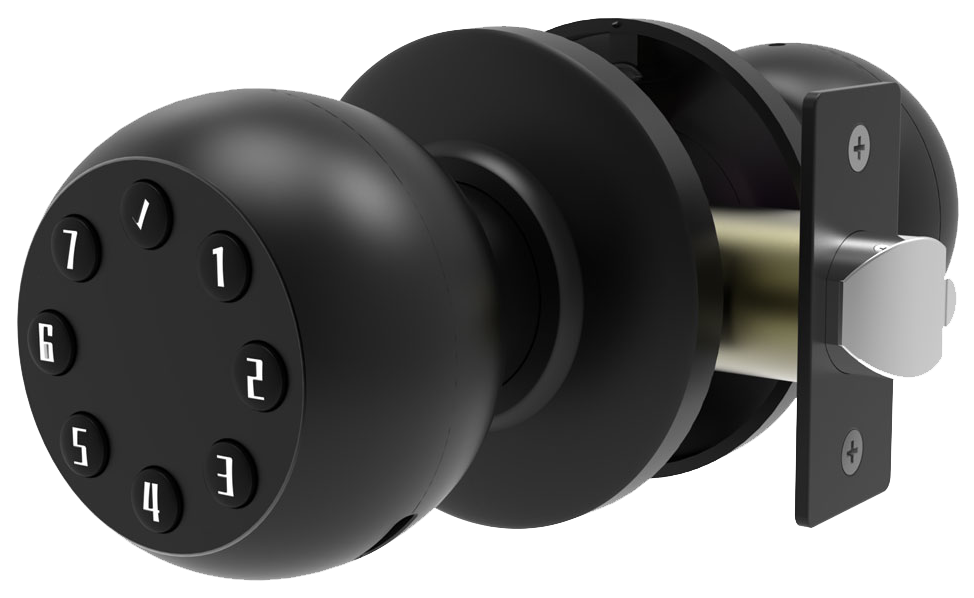
Keeping your fingerprint lock in top shape is easy when you treat it like a car that needs an oil change. Once a month, give the biometric fingerprint sensor (a reader that checks your unique fingertip pattern) a gentle wipe with a soft, lint-free cloth. Think of it like wiping a foggy mirror, avoiding any liquids so you don’t short out the circuits beneath the smooth metal faceplate. Keep an eye on the soft LED glow for low-battery alerts or check the app on your phone. And test each entry method, fingerprint or PIN-pad press, to catch hiccups before they slow you down.
Replacing batteries is a quick, satisfying task. Pop off the cover, swap in fresh AA cells or hot-swap a rechargeable pack, and snap the cover back with a reassuring click. Think of firmware updates like pairing headphones, open the mobile app, tap update, and let the lock download the latest fixes and features. These little tweaks keep bugs at bay and unlock new perks. A bit of care now saves a ton of headaches later.
| Issue | Probable Cause | Solution |
|---|---|---|
| Sensor not responding | Dirty or smudged sensor face | Gently clean the sensor; reset the lock |
| Continuous beeping | Low battery warning | Replace batteries; secure contact points |
| Bluetooth keeps dropping | Interference or too much distance | Re-pair within 30 feet; minimize signal blockers |
| Wi-Fi connection lost | Router or network hiccup | Restart router; check network settings |
| Firmware update failed | App or lock software glitch | Try the update again; reinstall the app |
If these tips don’t fix the problem, check the manufacturer’s troubleshooting guide or call a professional locksmith. They’ve got the tools to track down wiring issues or other hidden glitches you might miss.
Why Starlight Smart Locks are the Top Choice for Fingerprint Door Lock Solutions
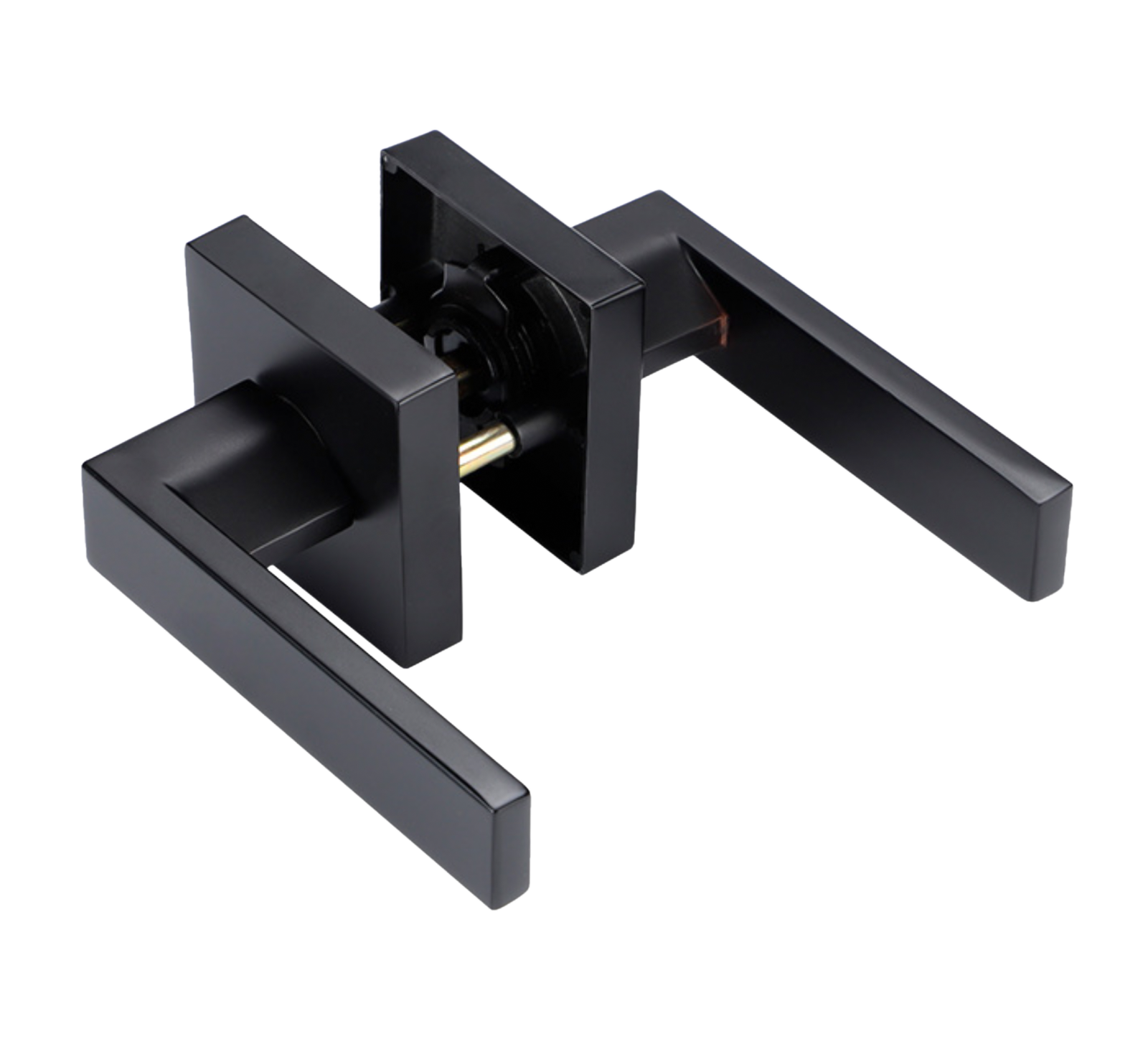
| Model | Main Features |
|---|---|
| Starlight L500 i | Biometric fingerprint sensor (a reader that checks your unique fingertip pattern), RFID card reader, PIN-pad press (each button gives a crisp, tactile click), AES-128 encryption (solid digital lock), IP65 weatherproof housing (keeps out dust & rain), CE and FCC certified, UL fire rated |
Final Words
In this post, we dove into how fingerprint door lock systems bring security, convenience, and smooth hotel integration. We highlighted benefits like tamper alarms, auto-lock timing, and hybrid access.
We covered scanner tech, security metrics, top models, installation steps, smart home links, and upkeep tips. Each helps you pick the right lock.
Ready to boost guest check-ins, cut unauthorized entries, and link with your PMS? Starlight Hardwares’ fingerprint door lock solutions fit right in. Here’s to safer hotel days ahead!
FAQ
Are fingerprint door locks worth it?
Fingerprint door locks are worth it for their strong security, fast access, and keyless ease. They resist prying attempts, beep during forced entry, and fit both home and office doors seamlessly.
What are the disadvantages of a fingerprint door lock system?
Disadvantages include occasional false rejections if fingers are wet or dirty, ongoing battery changes every 3–12 months, and a higher initial cost compared to a simple deadbolt.
Do fingerprint locks need Wi-Fi?
Fingerprint locks don’t need Wi-Fi to scan prints. They run offline on AA batteries, scanning in under 0.5 seconds. Wi-Fi adds app control, remote alerts, and real-time notifications.
Do smart locks deter burglars?
Smart locks can deter burglars with tamper alarms, activity logs, and auto-lock timing. Loud beeps during forced-entry attempts and secure steel housings also make forced entry harder and less appealing.
How do fingerprint door lock apps work?
Fingerprint door lock apps manage user access via Bluetooth or Wi-Fi. They let you add or remove prints, view entry logs, and send real-time push notifications to your phone.
What features should I look for in the best fingerprint door lock?
Look for 0.5-second authentication, AES-128 encryption, a tamper alarm, auto-lock timing, mechanical key override, high-grade steel housing, and an emergency USB backup for power loss.
Can I install a fingerprint door lock on a bedroom door?
Yes. Fingerprint locks fit any standard deadbolt cutout (door thickness 1.38″–2.13″), so you can install one on a bedroom door for convenient, private access.
What is a fingerprint door knob?
A fingerprint door knob is a standard knob fitted with a biometric sensor. It lets you open doors with a fingertip scan instead of using a traditional key or code.
Do fingerprint door locks with cameras provide extra security?
Yes. These locks stream or record video on each access event, letting you visually verify visitors before granting entry and maintain audit footage.
How does mechanical key override work?
Mechanical key override hides a key cylinder behind a removable cover. Insert your key into the cylinder if batteries die or the electronic sensor fails.

